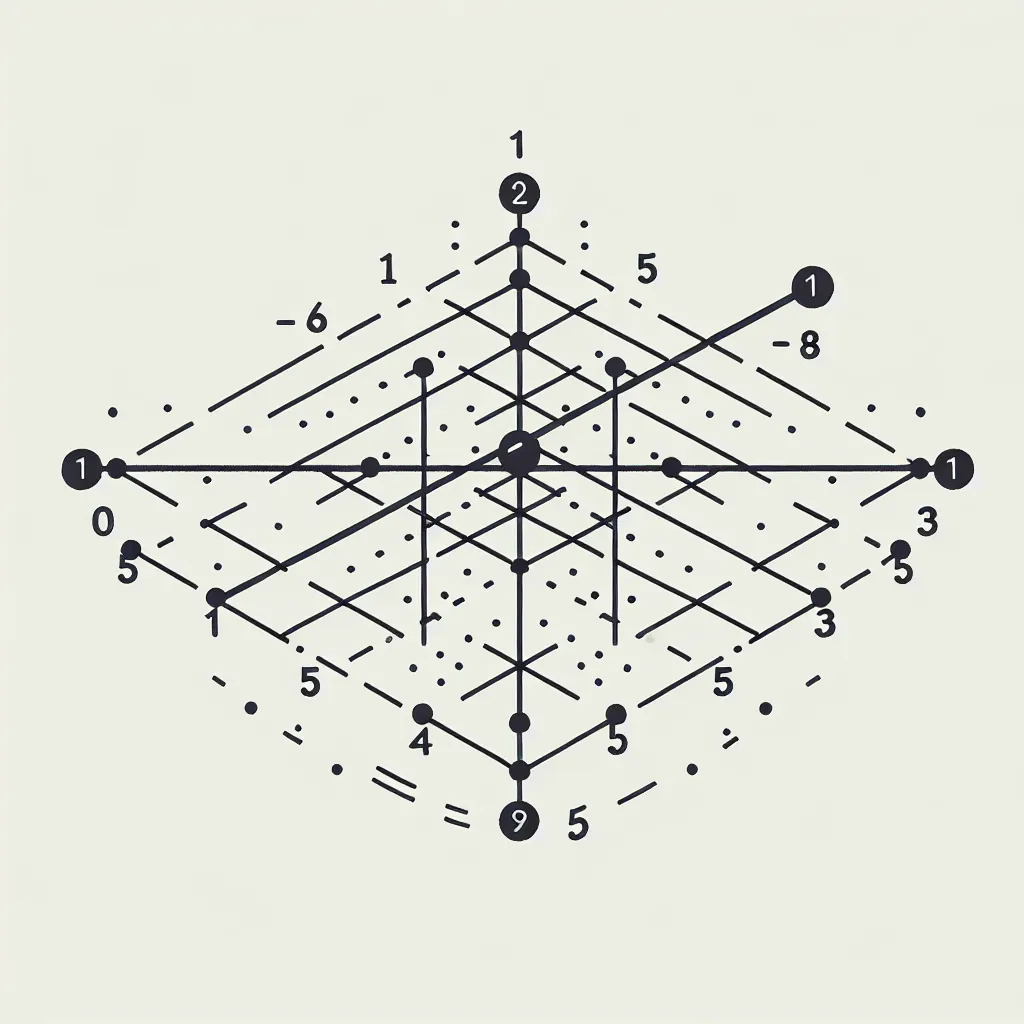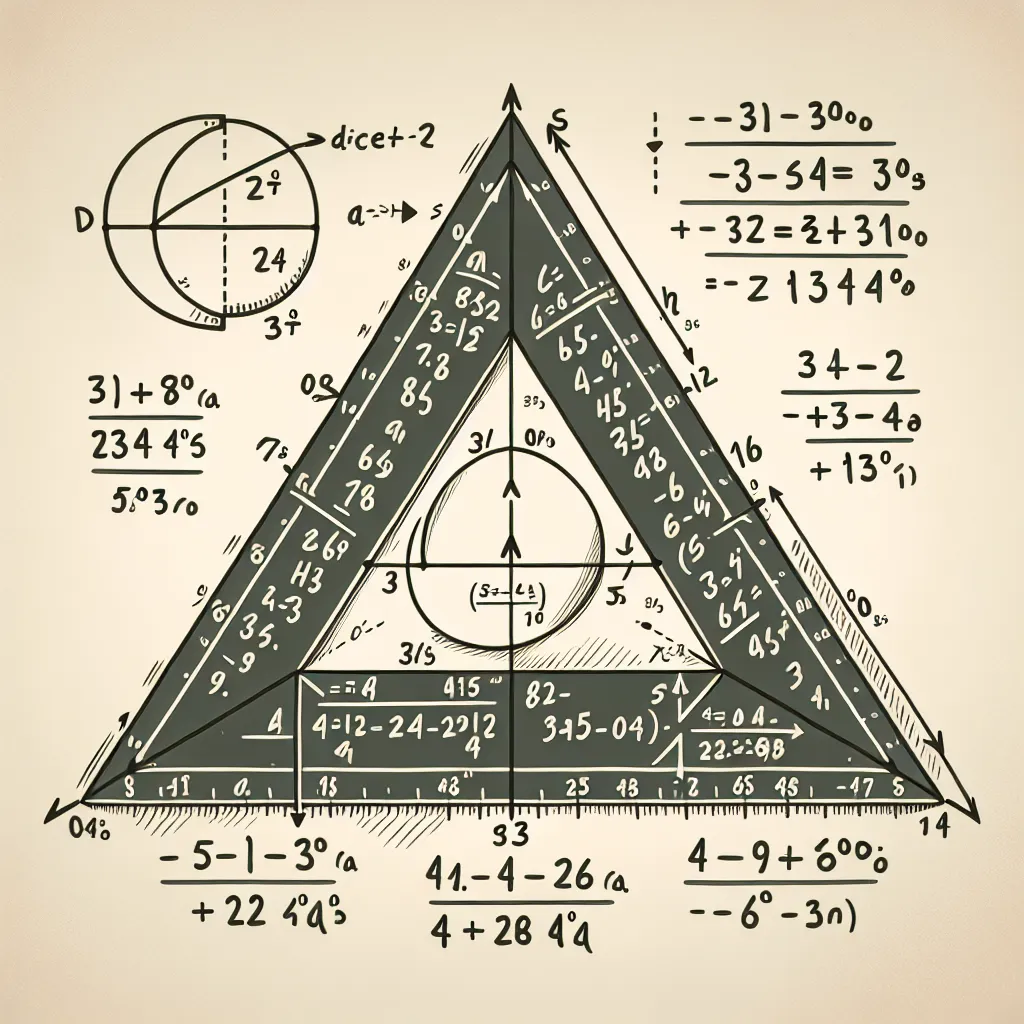Ask AI on The Internet
Question: Convert the rectangular coordinates left parenthesis, minus, 3, square root of, 2, end square root, comma, minus, 3, square root of, 2, end square root, right parenthesis(−3 2 ,−3 2 ) into polar form. Express the angle using radians in terms of piπ over the interval 0, is less than or equal to, theta, is less than, 2, pi0≤θ<2π, with a positive value of rr.
To convert rectangular coordinates \((-3\sqrt{2}, -3\sqrt{2})\) into polar coordinates \((r, \theta)\), you need to determine both the radius \(r\) and the angle \(\theta\). 1. **Calculate the radius \(r\):** The radius \(r\) is the distance from the origin to the point \((-3\sqrt{2}, -3\sqrt{2})\). It can be calculated using the Pythagorean theorem: \[ r = \sqrt{(x^2 + y^2)} \] Substitute \(x = -3\sqrt{2}\) and \(y = -3\sqrt{2}\): \[ r = \sqrt{(-3\sqrt{2})^2 + (-3\sqrt{2})^2} \] \[ r = \sqrt{(9 \cdot 2) + (9 \cdot 2)} \] \[ r = \sqrt{18 + 18} \] \[ r = \sqrt{36} \] \[ r = 6 \] So, \(r = 6\). 2. **Calculate the angle \(\theta\):** The angle \(\theta\) can be found using the arctangent function. For Cartesian coordinates \((x, y)\): \[ \theta = \tan^{-1}\left(\frac{y}{x}\right) \] Substitute \(x = -3\sqrt{2}\) and \(y = -3\sqrt{2}\): \[ \theta = \tan^{-1}\left(\frac{-3\sqrt{2}}{-3\sqrt{2}}\right) \] \[ \theta = \tan^{-1}(1) \] Since both coordinates are negative, the point is located in the third quadrant. Thus, the reference angle is \(\frac{3\pi}{4}\), but the actual angle in the third quadrant should be: \[ \theta = \pi + \frac{3\pi}{4} \] \[ \theta = \frac{4\pi}{4} + \frac{3\pi}{4} \] \[ \theta = \frac{7\pi}{4} \] So, the angle \(\theta = \frac{5\pi}{4}\) (since we should not exceed \(2\pi\)). Therefore, the polar coordinates are: \[ \boxed{(6, \frac{5\pi}{4})} \]
Think your answer is better than the AI's? Post it below.
Other Most Relevant Posts:
Question Tags
If you want your question answered by an AI, click here.







Post your own comment: